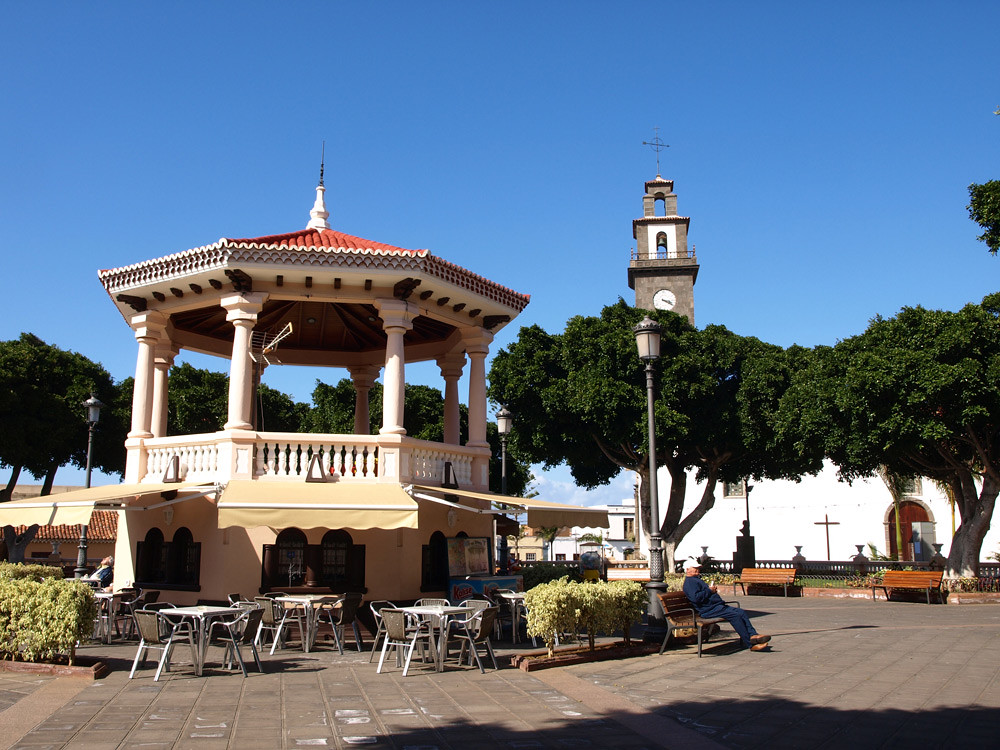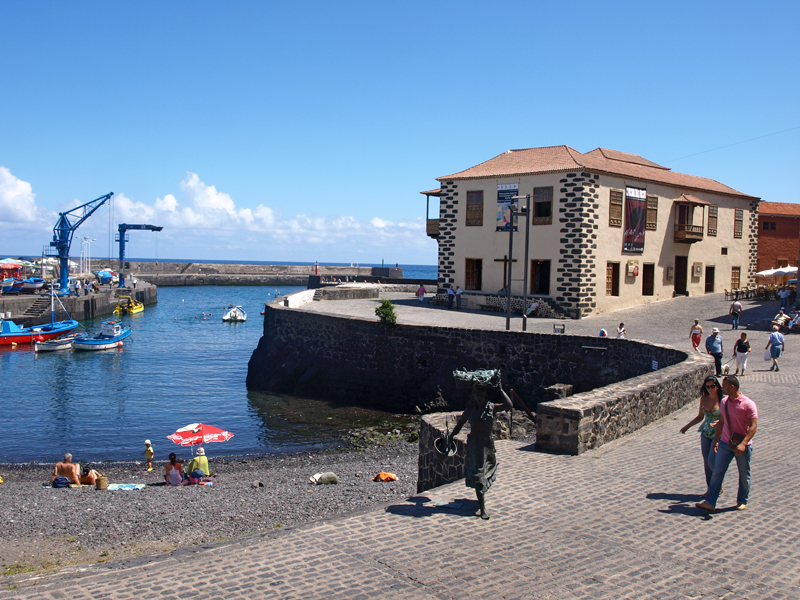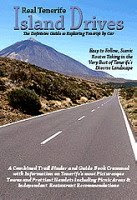Unfortunately if you're reading this and planning a visit to Tenerife in the near future, my answer is going to be really annoying as it's the week that has just passed.
The period around the official start of summer is always full of activities as well as two of the best festivals on Tenerife's fiesta calender...and you can guarantee that the weather is going to be hot.
The week started with the European Day of Music in Puerto de la Cruz when seven bands welcomed in the summer beside the town's picturesque harbour. I've said it over and over again; if you visit a place like Puerto, you aren't going to see the best of it in a pub which caters for the British – apart from maybe The Majestic, which is a scream. On a Saturday night it's always worth checking out what's going around Plaza Charco and the harbour as that's where the real action takes place.
Anyone who does feel the need to spend their Saturday nights in a bar could always opt for the Queen Bee or the Frigata beside the harbour and get the best of both worlds.
This time of year is also a great time for walking on Tenerife. Temperatures are high, but not oppressively so and we always try to fit in a jaunt in the countryside in between the hectic nocturnal activities. This year we explored a part of the north coast near us and found fishermen's shacks beside beautiful clear rock pools.
The highlight of the week is the midsummer celebrations on the night of San Juan. These take place all over the island and are a real insight into Tenerife's true character. Even in the main resorts in the south like Playa Los Cristianos and Las Vistas, Canarian families head to the beach to make wishes and bathe in the sea after midnight for good health and fertility. It seems crazy, but I've sort of become hooked on the tradition and even though we spent this year exploring celebrations along the north coast, we had our swimming cossies under our clothes. There was no way I was going to risk the wrath of the gods, so wherever we were after midnight I was determined that my body would be bathed with the magic waters. As it turned out we ended up back at the best San Juan party on the island at Playa Jardín in Puerto de la Cruz. A rock band kept the beach bouncing as we picked our way through the crowds to the shoreline where we waited for a break in the waves so that we wouldn't be dragged to San Borondón (mythical Canarian island which turns up on San Juan)as we doused our skin in the waters.
Another magical thing in Tenerife is the time, it disappears at frightening speed and one second it's midnight, the next it's 2am. Not late for a fiesta, but it is when you want to watch el baño de las cabras (bathing of the goats) just over six hours later. Don't be put off by any misinformed suggestions that this is a cruel tradition, it isn't. It might be noisy and messy, but it isn't cruel.
One thing I learned at this year's annual goats' day out is to keep your eyes on the asses at all times. Not a bad life mantra come to think of it. As I was getting up close and personal with a few billies, a tethered mule decided to eat my trousers and clamped its jaws around my left knee. El baño de las cabras - cruel to goats, no; cruel to photographers, yes.
The week was rounded off by Santa Blues, a small blues festival in the capital, Santa Cruz. It's spread across three nights and lasts from around 9.30 till half past midnight. I love all types of music, but there's something about good blues which just reaches deep inside my soul. Unfortunately it doesn't quite reach my feet and my natural rhythm is akin to Steve Martin's at the start of The Jerk. This year's festival was particularly good with ace performances from Larry McCray and especially Kenny Neal as well as some decent support bands.
Santa Blues is quite a special end to a magical week on Tenerife and here's an even more amazing thing about the week. Everything I've mentioned is completely free.
Going Native in Tenerife – It Reaches the Parts Other Guide Books Don't











